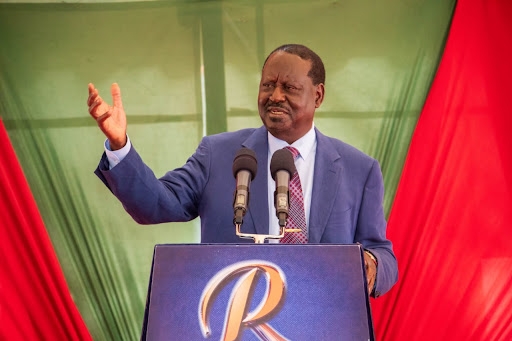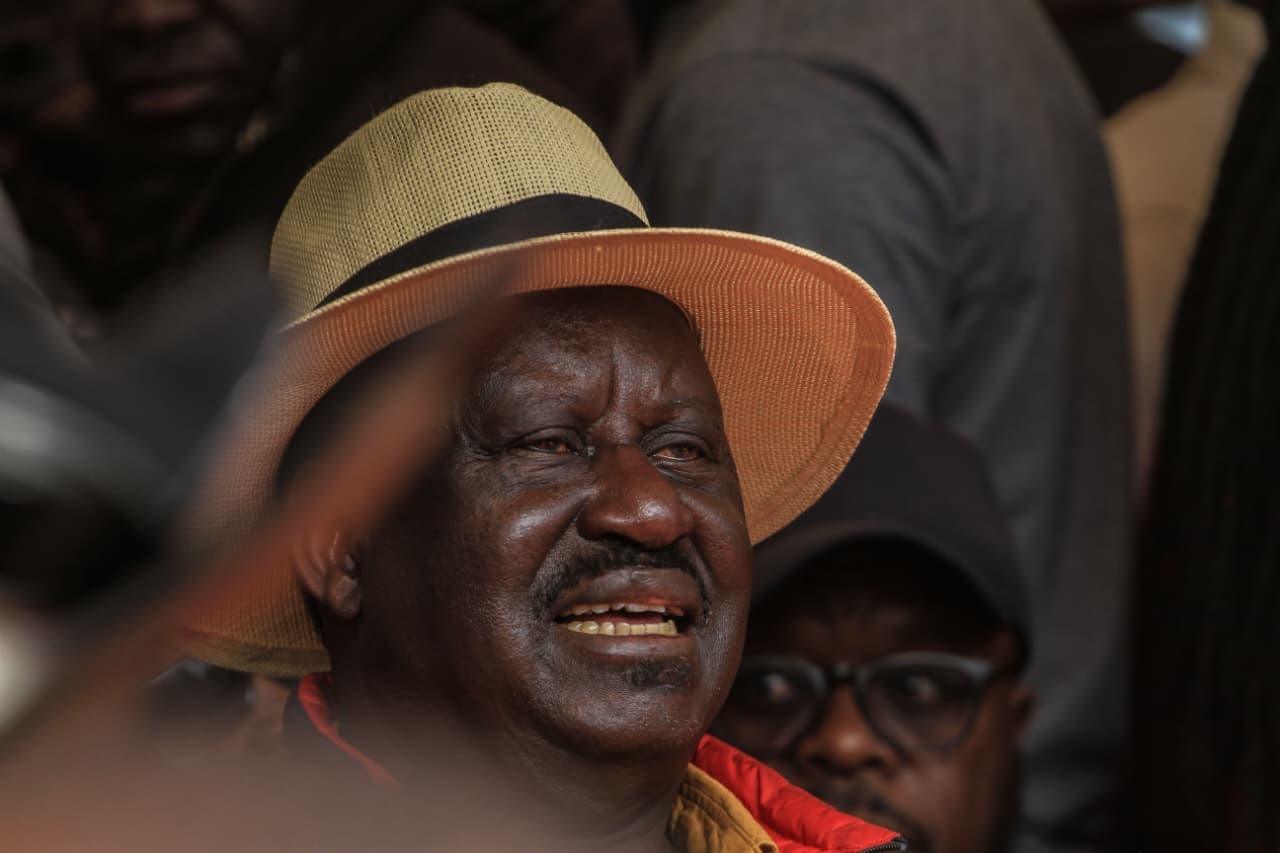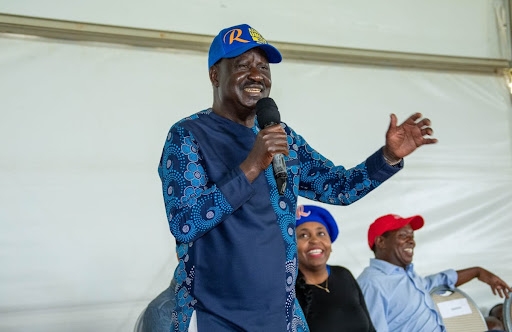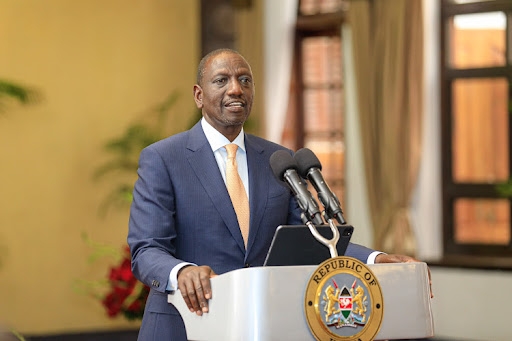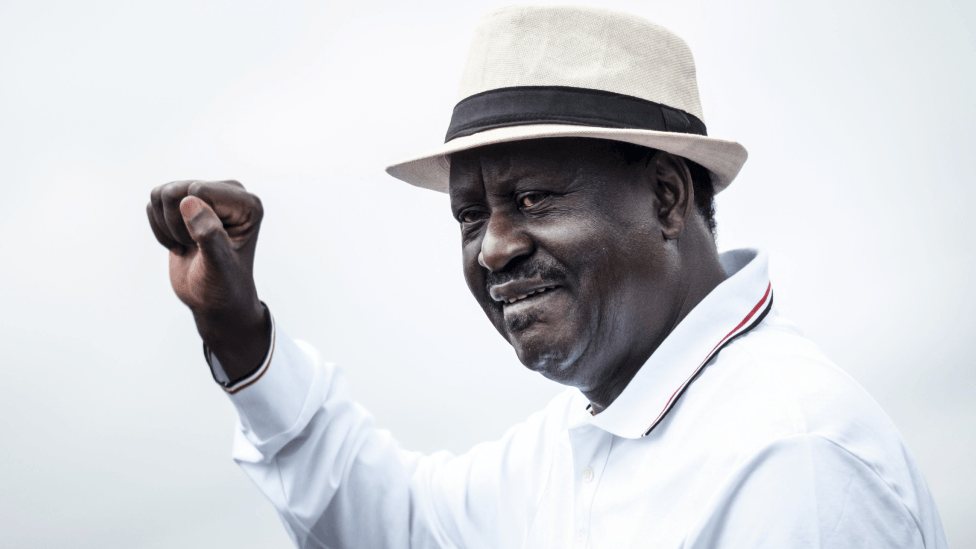
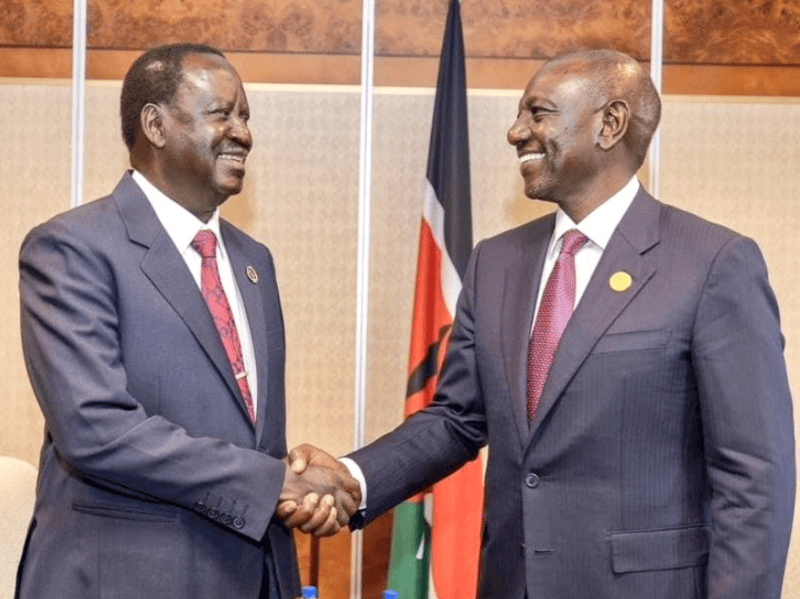
Raila Odinga, the indomitable force of Kenyan opposition, leaves behind a legacy of political truces and handshakes with other leaders forging unlikely alliances.
Dubbed the "Handshake King," Raila's four major
political pacts with successive presidents—from Daniel arap Moi to William
Ruto—transformed Kenya's fragile democracy, often at the cost of his
presidential ambitions.
These deals, born of crisis, quelled violence, stabilised governance, but also drew accusations of elite pacts over public will.
The
first handshake came in 1997, a stunning reversal after years of detention
under Moi's regime.
Raila dissolved his National Development Party (NDP) to
merge with the ruling Kenya African National Union (KANU), securing the party's
secretary-general post and Energy Ministry portfolio.
The memorandum of understanding (MOU) was a survival tactic amid multiparty pressures, rewarding Raila with influence but crumbling in 2002 when Moi anointed Uhuru Kenyatta as successor, prompting Raila's exit and the birth of the Liberal Democratic Party (LDP).
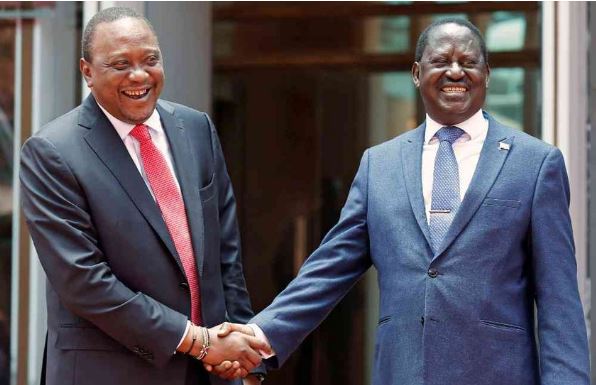
It marked Raila's entry into power's inner circles, yet
sowed seeds of betrayal narratives. Undeterred, Raila pivoted to the 2002
elections, endorsing Mwai Kibaki under the National Rainbow Coalition (NARC)
with the infamous "Tosha" declaration—Swahili for "it's
him."
He campaigned vigorously despite Kibaki's near-fatal accident, Raila became the Roads Minister post-victory.
The alliance toppled KANU
after four decades but soured quickly; Raila accused Kibaki of reneging on
power-sharing, leading to his 2005 sacking.
This rift fueled the 2005 constitutional referendum defeat for Kibaki and escalated tensions into the 2007 polls.
The bloodiest chapter closed with Raila's 2008 peace accord handshake with Kibaki, mediated by Kofi Annan after post-election violence claimed over 1,200 lives and displaced 600,000.
He was sworn in as Prime Minister in a "nusu mkate" (half-loaf) grand coalition, and co-led until 2013, stabilising the economy and enacting a new constitution in 2010.
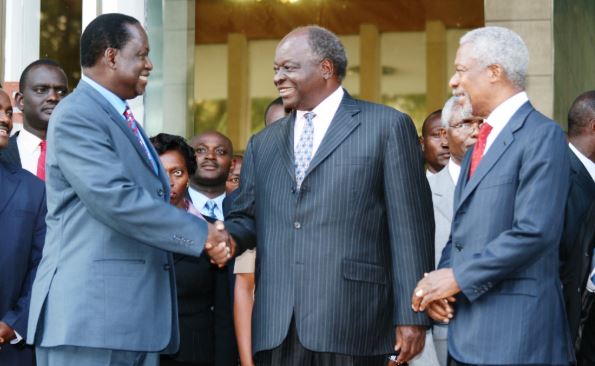
The pact entrenched ethnic divisions, with critics decrying it as an elite truce that deferred reforms.
Echoes of 2007 resounded in 2017, when Raila rejected Uhuru Kenyatta's victory as rigged, boycotting a repeat poll and self-swearing as "People's President."
The March 9, 2018,
Harambee House handshake, devoid of fanfare, birthed the Building Bridges
Initiative (BBI) for governance reforms.
It quelled unrest, saw Uhuru back Raila in 2022—yielding a narrow loss—and fostered economic pacts like the Big Four Agenda.
BBI's 2021 court invalidation, however, exposed its fragility, alienating Odinga's base, who saw it as capitulation.
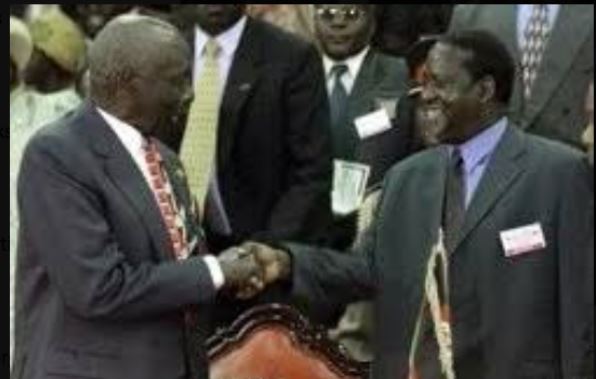
Raila's final pact, a March 2025 memorandum with Ruto under the Kenya Kwanza-ODM Framework, followed 2022 election disputes and Azimio protests.
Ruto and Raila both appended their signatures to the Memorandum of Understanding (MoU) while flanked by their respective party officials.
When the Kenya Kwanza-ODM Framework Agreement was signed, it marked the fourth time Raila entered into a political pact with the government of the day.
Ruto raided the ODM party and picked Raila’s lieutenants to join his Cabinet.
The deal suspended demonstrations that had turned deadly,
pledging bipartisan electoral reforms, including joint anti-corruption drives
and infrastructure pushes, but protests lingered, branding it another betrayal.


